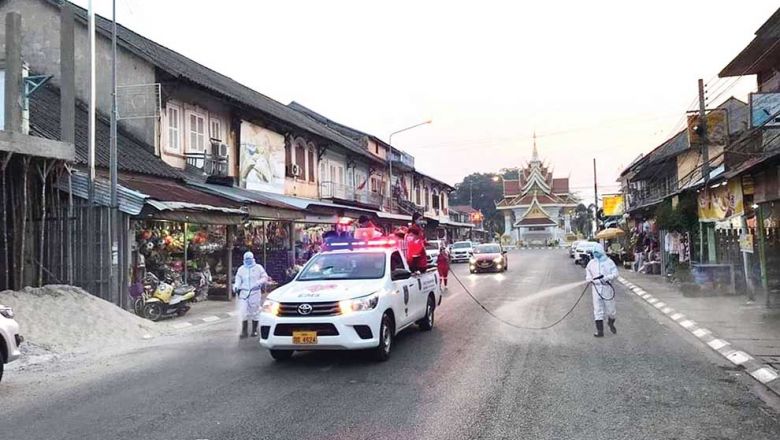Lao silk for Korean dresses offers new markets
Lao silk for Korean dresses offers new markets
The Lao handicrafts sector is seeking new opportunities to boost and expand the sales of Lao silk textiles or any other products made of Lao silk in regional markets, especially in the Republic of Korea.
To boost and promote the expansion of overseas markets for Lao silk, the Embassy of the Republic of Korea is now working together with Lao Textiles Museum to come up with creative ideas to make two models of Korean women's traditional dress (Hanbok).
President of the Lao Textiles Museum Mr Hansana Sisane told Vientiane Times on Monday that the collaboration represents a cultural exchange between the two nations regarding their respective national outfits.
“At the same time, it is also a good opportunity to promote the quality of Lao silk and encourage more Lao craftsmen to come up with creative ideas and to boost the sales of handicraft products, especially Lao silk,” he sai d.
Mr Hansana noted that once the craftsmen came up with creative ideas for clothing designs, this will help business operators to add to the value of products and increase the volume of sales and market expansion.
Mr Hansana, who is also President of the Lao Handicrafts Association, said this will be the model of Korean traditional clothes to be on display at the Lao Textiles Museum.
Meanwhile, the Ambassador of the Republic of Korea to Laos Mr Kim Soo-Gwon also said that the use of Lao silk to make Korean clothing was an absolutely great idea because normally a hanbok is made of cotton.
“In Laos, people usually use silk fabrics to make a sinh , or a traditional Lao skirt. In fact, silk can be used for a variety of local and international outfits.”
“Lao silk is competitive internationally and Laos can expand the markets in various Asian countries including China, the Republic of Korea and Japan,” Mr Kim said.
He said that he would spread the message about Lao silk on the official Facebook page and website of the Embassy of the Republic of Korea in Laos.
“If people are interested in Lao silk they can come to buy it but I'm not sure about the import of Lao silk to the Republic of Korea in the past years,” Mr Kim said.
The two traditional outfits are made of Lao silk fabrics, which are designed by Professor Woohyun Cho from Sungkyunkwan University in the Republic of Korea.
The two models of Korean women's traditional outfits will be on display at the Lao Textiles Museum in Nongtha Tai village, Chanthabouly district, Vientiane.
Currently, bilateral trade between Laos and the Republic of Korean is looking forward to a brighter future with a number of Korean investors now coming to Laos. The mining and hydropower industries are the most attractive industries for Korean investors.
A recent report from the Ministry of Planning and Investment has unveiled that bilateral trade between the two countries is now worth over US$800 million, while the value of Korean investment in Laos is worth over US$250 million.















